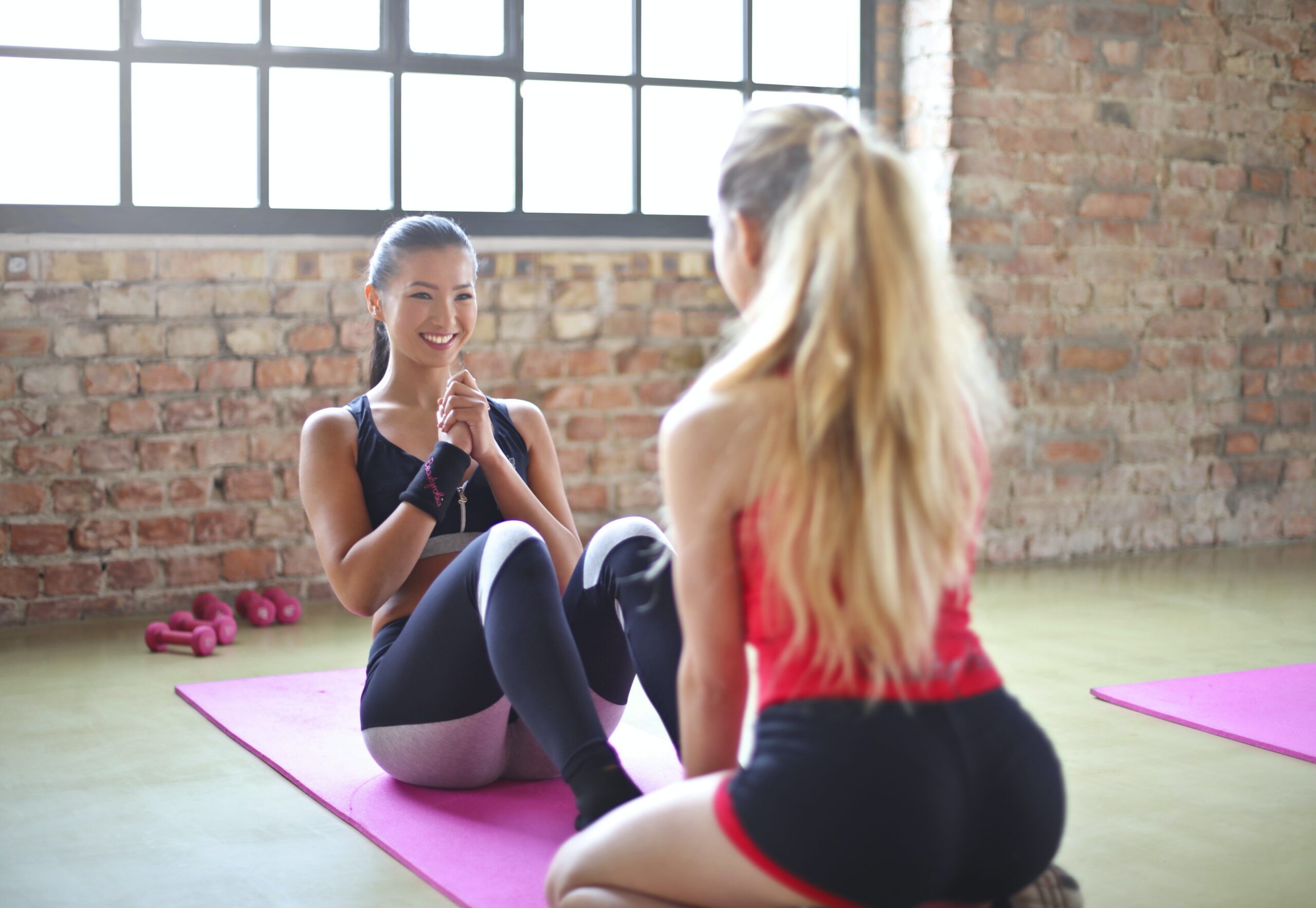Essentially, the Pilates method is a system of repetitive exercises that are performed on a Pilates mat. Pilates exercises help develop the body by requiring muscular effort on the practitioner’s core. Equipment to increase one’s overall strength, stability, and flexibility.
The Pilates Method, like Yoga, emphasizes the importance of deep, deliberate breathing. Pilates proponents extol the benefits of the method’s core-strengthening properties in terms of improving posture and balance.
It is widely used in rehabilitation settings, but it can also benefit fitness enthusiasts and athletes who want to improve overall fitness. Pilates emphasizes strengthening and toning the “powerhouse” muscles, including the gluteus maximus, hip flexors, pelvic floor, and lower back.
The technique cultivates body awareness to support everyday movements that are both efficient and graceful in their execution. Because of this, Pilates is popular among dancers, but it also appeals to a broader range of people. She created the Pilates Method in the 1920s.
What Exactly Is Pilates Methods Following the exercises?
Stability is developed throughout the entire result of strengthening the core. The Pilates Exercise is built on the principle of core strength and stability. It is one of the ways Pilates can help many people who suffer from back pain. Since it dictates how the body moves, it is essential not only in the studio or the gym but also in everyday life.
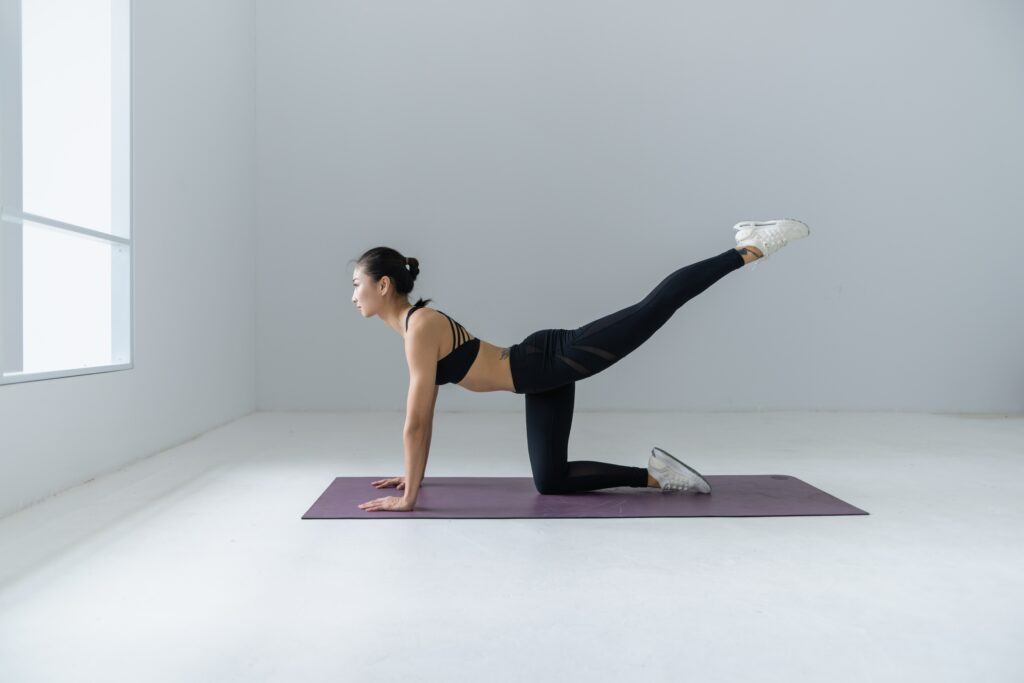
It entails completely exhaling with each inhalation to rid the lungs of stale air. And open the door to allow in more fresh oxygen. Every Pilates exercise is based on these characteristics, which are referred to as Pilates principles. Muscles are developed evenly when functional movement patterns are practiced, resulting in forces that appear long and lean Pilates Fundamentals (Principles)
Concentration:
By giving each workout your complete attention, you will achieve the best possible outcomes, the movement you perform.
Centering:
This central region of the core is responsible for the power behind all Pilates exercises. When you bring your awareness to the center of your body, which is located between the lower ribs and the pubic bone, you are practicing mindfulness.
Control:
Pilates exercise emphasizes the importance of complete muscular control, which is achieved through conscious, deliberate movement.
Flow:
Pilates exercises are not meant to be performed rigidly. An excellent indicator of flow is Pilates equipment such as the reformer. Every movement is characterized by fluidity, grace, and ease of execution.
The energy of an exercise is performed from a central “powerhouse,” according to the theory. To move in a single fluid motion is to move quickly. Because it functions best when a practitioner performs movements with precision and fluidity, precision and fluidity are essential.
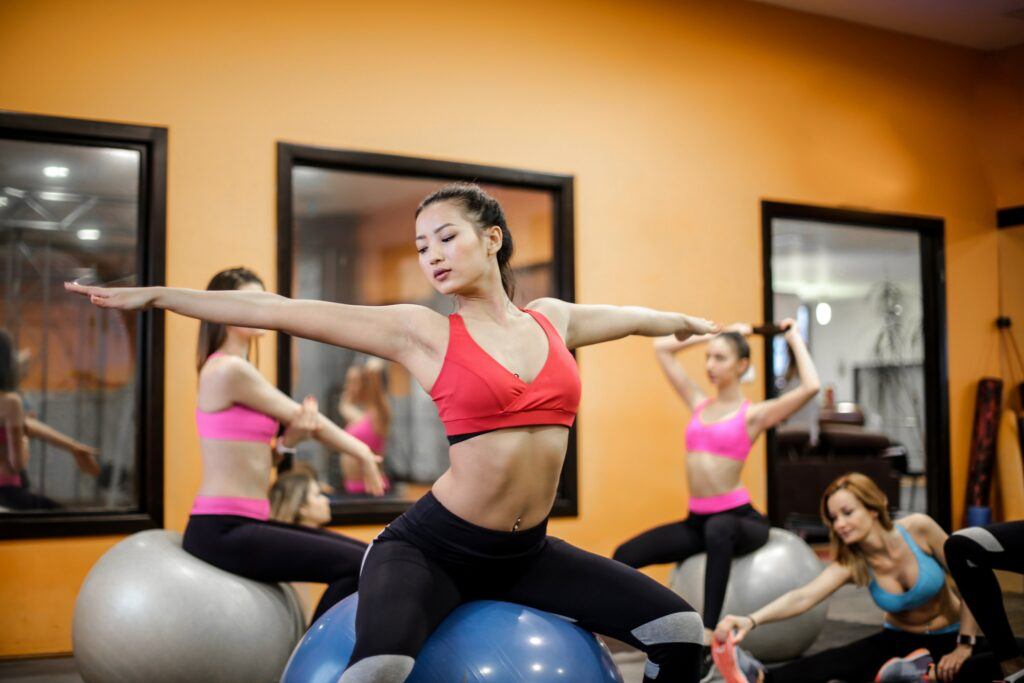
Breath:
Because the breath is essential to the Pilates Exercise, most of the exercises are coordinated with the breath. I am using the lungs to forcefully pump the air into and out of the body regularly.
Precision:
Each movement is precise because of the sustained awareness that is maintained. Each body part focuses on proper alignment and core engagement during movement.
Different Types of Pilates :
Pilates is generally divided into two categories: reformer and mat work.
Pilates workout equipment is also divided into categories based on its size and whether one can use it in a studio or home. Exercises that require the use of a mat and exercises that require the use of special equipment.
Pilates Methods are typically equipped with large pieces of equipment. Smaller pieces of equipment are also available in the studio, but they can easily be purchased and used for practice at home. Some apparatuses use pulleys that are further resisted by the participant’s body weight, which can be pretty effective.
Equipment:
Small pieces of equipment:
Dumbbells, resistance bands, and various sizes of exercise balls are among the equipment available. A foam roller, a tennis ball, a therapy ball, and the Pilates ring, also known as the “magic circle,” developed as part of the Pilates method. Smaller pieces of Pilates equipment are frequently used during mat work to provide additional resistance or help with balance development.
Large pieces of equipment:
A Pilates studio, the reformer is almost certainly the most well-known piece of resistance equipment you will see. It is attached to the reformer in a studio and is an example of other types of equipment developed. Other variations of the tower are intended to be attached to a door at the user’s residence.
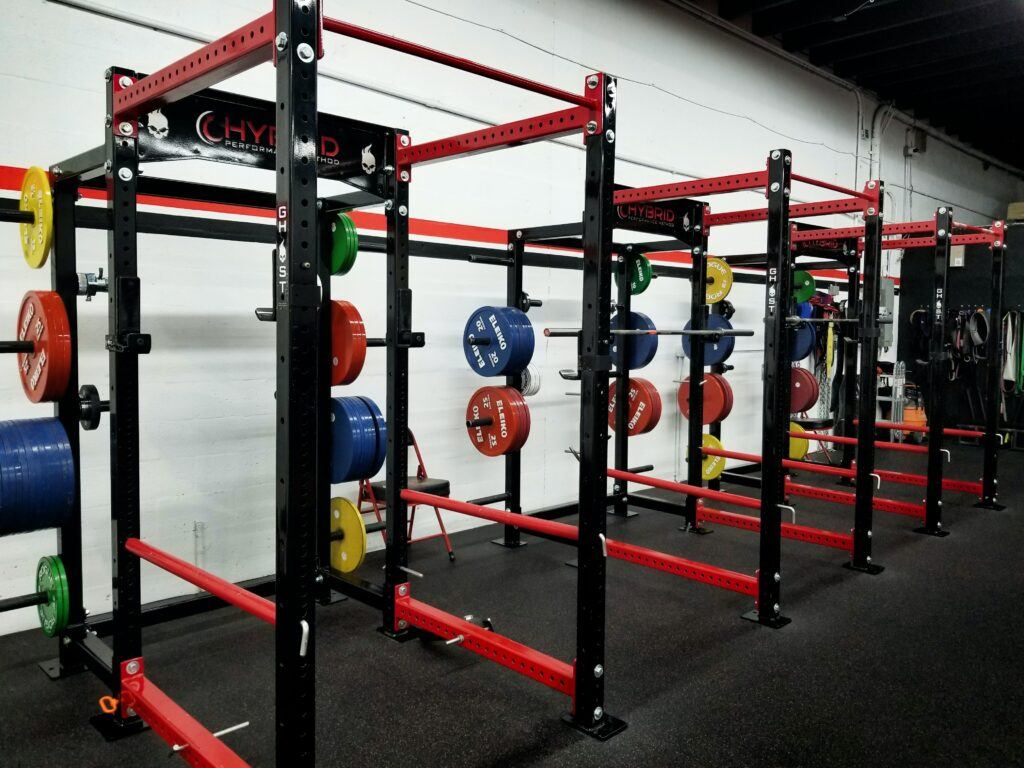
Work on the Mat:
Additionally, hybrid Pilates classes are available, which combine classic Pilates moves with other exercises performed on a mat. For example, many studios now offer classes that are a hybrid of Yoga and Pilates. Pilates is not the same thing, although there is some overlap. Regardless, both methods place a strong emphasis on the breath and physical well-being.
According to its original definition, Yoga is a spiritual practice; Pilates, on the other hand, is a physical practice. While you could theoretically perform the exercises on a yoga mat, a Pilates mat is not the same as a yoga mat in terms of comfort. Pilates mats are larger, thicker, and denser than traditional yoga mats.
Pilates Has a Lot of Advantages:
Pilates helps to achieve a flat stomach by strengthening the abdominal muscles. Pilates develops long, strong muscles through a type of contraction known as an eccentric contracture. Focus on core strength, flexibility, and skeletal alignment, as well as other factors. The muscles are the deep, internal muscles of the abdomen and back that provide support and stability.
Flexibility:
Fitness classes like Pilates, which emphasize core-powered muscular engagement, help you gain strength and flexibility. It also helps to increase the range of movement.
Stability:
Pilates exercises help strengthen the muscles that surround the joints, which helps improve balance and posture. When the core supports the spine, the bones can shift into optimal alignment, which helps to promote overall body stability.
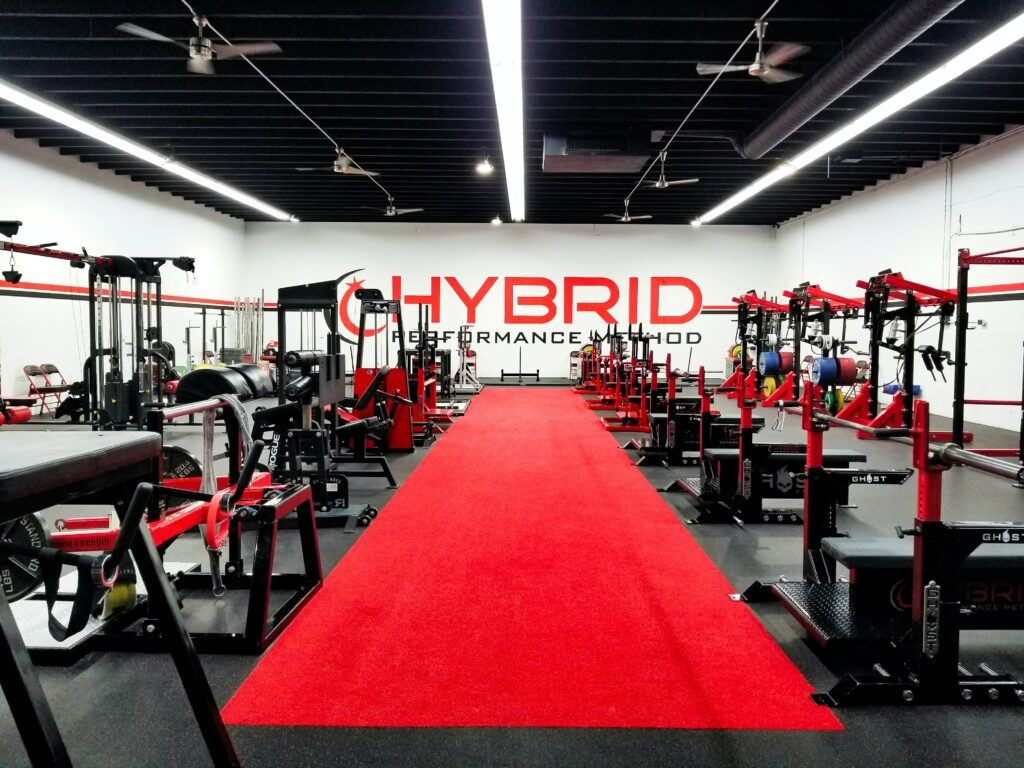
Is Pilates the Right Exercise for You?
The amount of time spending, exercising will depend on your age, weight, physical ability, and fitness level. Some countless variations and adaptations can be made to Pilates exercises. The exercises have been designed with modifications in mind, allowing people of all levels and abilities to participate and remain safe although these are physical challenges made by the pilates method.


